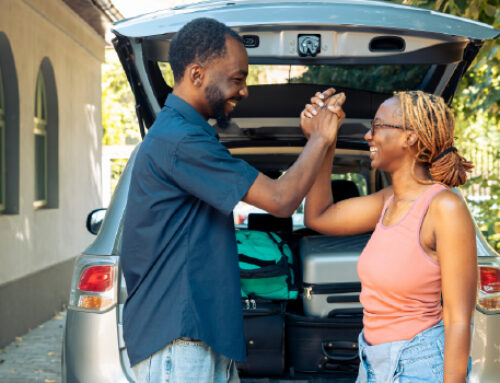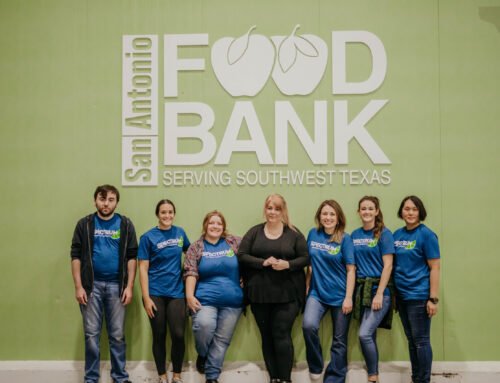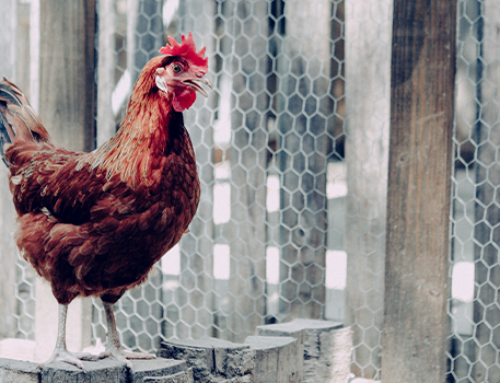Disasters are not limited to hurricanes, tornadoes and earthquakes; they also include man-made events that can cause loss of life and property, such as a train derailment, forest fire, an act of terrorism, or a gas line rupture. Homeowners and communities need to be prepared for any of these potential disasters, and having an emergency plan is the first step toward preparation. As such, keep the following tips in mind so you can properly prepare your community for a potential disaster
- Create a Plan: Prepare your family and community by creating a disaster plan and discussing with them what you would do if family members are not home when a warning is issued. Additionally, your family plan should address escape routes, communication, safety skills, insurance, and vital records.
- Escape Routes Homeowners should draw a floor plan of their home. Use a blank sheet of paper for each floor. Mark two escape routes from each room. Make sure children understand the drawings, and post a copy of the drawings at eye level in each child’s room. For the community, determine the best exit strategy to the approved escape route. Is the community a single-entry neighborhood, or are there several entrances and exits? Create an emergency map and communicate the information to homeowners during board meetings, in the community newsletter, or on the community website.
- Where to Meet Establish a place to meet in the event of an emergency, such as a fire. Record the locations in a disaster preparation notebook.
- Communication Families may not be together when disaster strikes, so plan how to contact one another. Think about how to communicate in different situations. Complete a contact card for each family member. Have family members keep these cards handy in a wallet, purse, backpack, etc. Send one to school with each child to keep on file. Pick a friend or relative who lives out-of-state for household members to notify they are safe. During an emergency, board members may evacuate to different locations. Always keep a disaster preparation notebook on hand with email addresses and cell phone numbers of fellow board members. Determine who will be the primary and secondary contact during emergency situations, and how information will be disseminated among board members and to homeowners. Consider utilizing flash drives with community email addresses and contact information (these can easily be kept on a key chain), and leverage technology like the community website or a community Facebook page to keep the lines of communication open.
- Inventory Home Possessions: Homeowners should make a record of personal property, for insurance purposes. Take photos or a video of the interior and exterior of their home and include personal belongings in the inventory. The Household and Personal Property Inventory Book from the University of Illinois (http://www.aces.uiuc.edu/vista/abstracts/ahouseinv.html) can be downloaded at no cost and is helpful in recording possessions. Similarly, associations should record property in common areas and take photos or video of common area equipment, facilities and structures.
- Important Documents: Store important documents (i.e. insurance policies, deeds, property records, and other essential papers that you may store for your community) in a safe place, such as a safety deposit box at a location separate from the property. Make copies of important documents for a disaster supply kit.
- Basic Disaster Supply Kit: Your personal disaster supply kit should include a three-day supply of both water (one gallon of water per person, per day) and non-perishable food. In order to cook your food, you’ll need matches, and a waterproof container to prevent them from getting wet and becoming unable to be lit. On that note, you’ll also want to have kitchen accessories and cooking utensils—particularly a can-opener. If you have a baby, be sure to keep formula and bottles on hand. Storing an extra disaster supply kit that can support multiple people may also be a good idea, so you can be prepared to support board members and homeowners that were not prepared.
- Store Proper Communication: For communication and safety purposes, you’ll probably want to include a whistle that can be heard from long distances. Also, a flashlight will allow you to see if there’s a power outage, while a portable, battery-powered radio or television may keep you updated on what’s happening, as well as whether it’s safe to leave or return to your home. Be sure to pack extra batteries for both the flashlight and the portable radio or TV.
- Pack Extra, Whether Resistant Clothing: If you’re in a cold climate, think about warmth, as it’s possible that heat may not be available during a time of crisis. Also, think about clothing and bedding supplies. Each person should have one complete change of clothing and shoes, including a jacket or coat, long pants, a long-sleeve shirt, sturdy shoes, a hat, mittens, a scarf, as well as a sleeping bag or warm blanket.
HOA board members should consider making a disaster preparation notebook with avenues for communicating with other board members, including board members’ contact information and a communication plan for disseminating information. You’ll also want to include usernames and passwords to social networking accounts like Facebook, as well as a flash drive with community email addresses and contact information. A map of the community, including photo copies of common areas, facilities, and buildings, will also be helpful.
Just remember; disasters can strike at any time, and if your community is not prepared, lives could be endangered. So, do your best to follow through with all of the aforementioned tips, and make absolute sure your community is ready; you may wind up saving a few lives.
Call today for more information.






